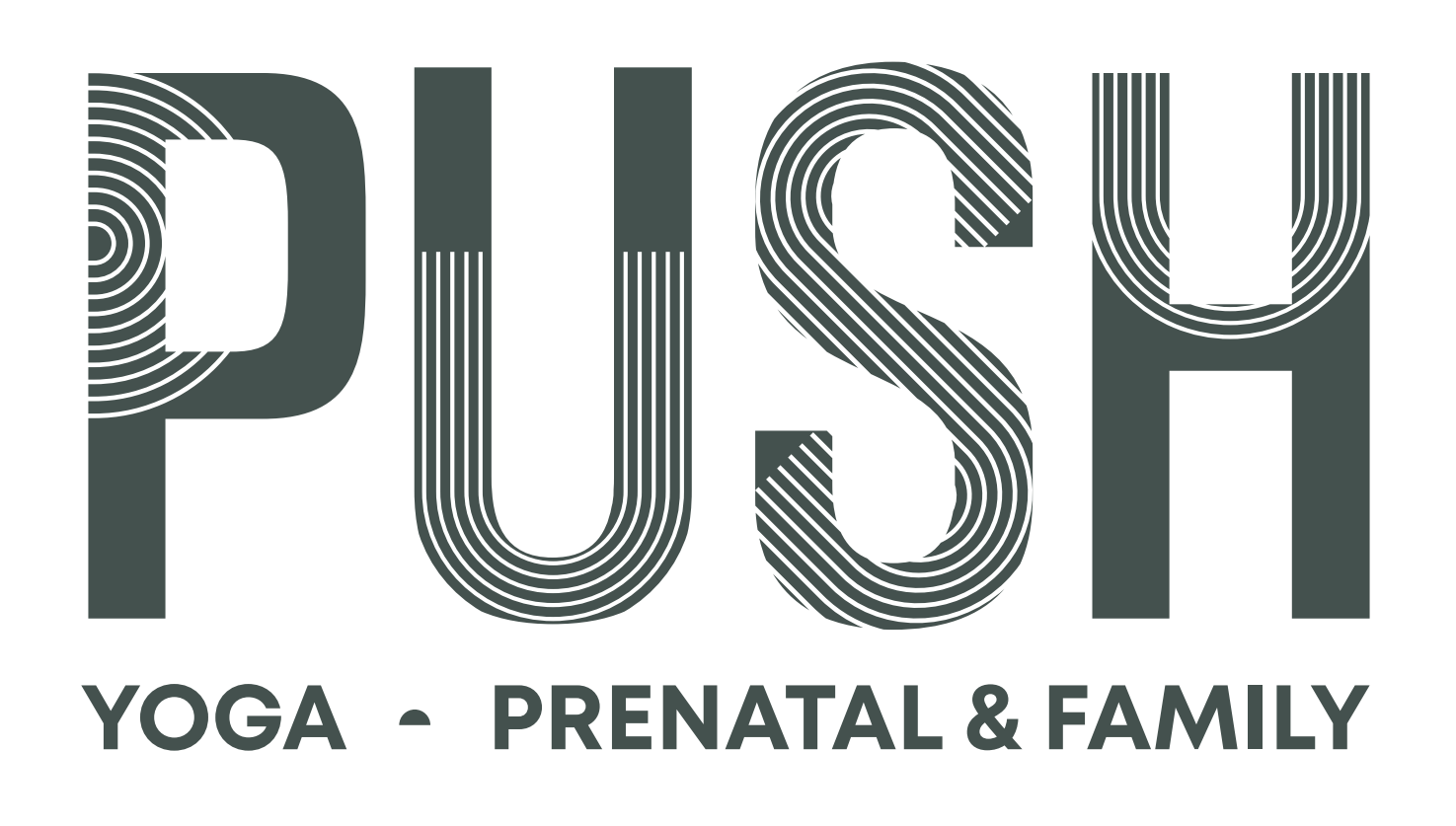In the miraculous journey of pregnancy, the placenta plays a starring role as a powerhouse of nourishment and protection for the growing baby. Yet, despite its critical importance, the placenta often remains shrouded in mystery for many. Let’s embark on a journey to demystify this remarkable organ and explore its fascinating role in pregnancy.
What is the Placenta?
The placenta is a temporary organ that develops during pregnancy, serving as the lifeline between mother and baby. It forms shortly after fertilization, implanting itself into the wall of the uterus and establishing vital connections with the developing fetus. This pancake-shaped organ acts as a conduit for the exchange of nutrients, oxygen, and waste products between maternal and fetal bloodstreams, ensuring the baby’s growth and development throughout pregnancy.
Placenta Structure and Function:
Structurally, the placenta consists of maternal and fetal components intricately woven together to facilitate nutrient transfer and provide essential support to the developing baby. On the maternal side, the placenta is connected to the uterine wall through numerous blood vessels, allowing for the exchange of substances between maternal blood and fetal blood within the placental tissue.
Meanwhile, on the fetal side, a network of blood vessels known as chorionic villi extends from the baby’s umbilical cord into the placenta, where they come into close contact with maternal blood vessels. This intimate interface allows for the diffusion of oxygen and nutrients from the mother’s bloodstream into the fetal circulation, while waste products, such as carbon dioxide and urea, are transferred from the fetus to the mother for elimination.
Placenta in Pregnancy:
The placenta plays a multitude of crucial roles throughout pregnancy, serving as a dynamic interface for nutrient exchange, hormone production, and immune protection. Beyond its role in providing essential nutrients and oxygen to the developing baby, the placenta also produces hormones such as progesterone, estrogen, and human chorionic gonadotropin (hCG), which are vital for maintaining pregnancy and supporting fetal growth.
Additionally, the placenta acts as a protective barrier, shielding the developing baby from harmful substances and pathogens while allowing beneficial antibodies to pass through. This immune-modulating function helps safeguard the fetus against infections and contributes to the establishment of immune tolerance, laying the foundation for the baby’s future health.
Delivery and Afterbirth:
Following the birth of the baby, the placenta is expelled from the mother’s body during the third stage of labor in a process known as the afterbirth. This natural process ensures the safe delivery of the placenta and marks the completion of pregnancy. While the placenta served as a lifeline for the baby throughout gestation, its work is complete upon delivery, and it is no longer needed.
The placenta may be a temporary organ, but its impact on pregnancy and fetal development is profound and far-reaching. As the conduit for nutrient exchange, hormone production, and immune protection, the placenta plays a vital role in nurturing and supporting the growing baby throughout pregnancy. By understanding the intricacies of this remarkable organ, we gain a deeper appreciation for the marvels of pregnancy and the incredible journey of motherhood.



